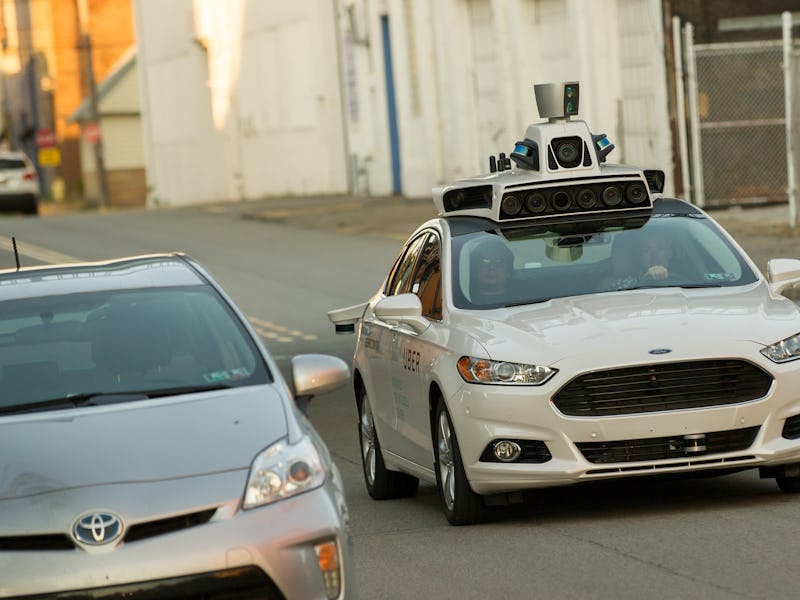Uber has big plans to bring more electric cars into its service in Oregon. On Wednesday, the company announced an ambitious target to make 10 percent of all cars serving Uber in the state electric by the year 2019. It’s the first market in the United States to receive Uber’s electric car treatment, after pilot programs in London and Madrid.
“We’re launching this initiative in Portland because the city and the State of Oregon are national leaders in the transition to clean energy, fuels and vehicles,” the company said on its website.
To reach this goal, Uber is partnering with electric vehicle promotion group Drive Oregon to train up interested drivers. Vehicle designer Arcimoto will help promote the scheme to residents and visitors, while support organization the Black Parent Initiative will make opportunities available for underserved communities through an outreach program. Cynergy, an e-bike company, will also supply 20 of its vehicles for Uber Eats.
But Uber needs to be careful if it wants to avoid aggravating new electric car drivers. In Beijing, where the city announced an ambitious plan last month to replace all 67,000 gas-powered taxis with electric models, initial drivers have been frustrated by the short range and long charging wait times introduced with cheap electric cars.
Fortunately, Oregon is well-equipped to avoid situations like these. There’s over 1,000 public places to charge an electric car in the state. That’s about the same number of traditional gas stations in the state, meaning drivers can expect to find a similar number of charging points as they drive.
Portland will need to ensure its drivers can easily reach charging points.
However, just 125 power points have quick charging capabilities. Where an Uber driver can fill up at a gas station in minutes, at the vast majority of Oregon charging points, drivers will have to wait for hours to fully recharge their vehicle.
The company is also talking about a large-scale expansion of electric vehicles on the roads. Of the 6,000 Uber drivers on the road, 100 currently use electric vehicles. Increasing this sixfold could lead to longer wait times at popular chargers.
Although the infrastructure may look a bit thin for now, Uber is hopeful that its push will encourage the local electric vehicle industry by exposing more people to its positive benefits. Drivers interested in getting started will receive training on why their vehicle benefits the environment and how they affect a driver’s earnings. It is hoped that drivers will pass this information on to passengers and educate riders about the benefits of the vehicles, which in turn would increase public support for infrastructure expansion. If that doesn’t come to pass, though, Uber could have a lot of disgruntled drivers on its hands.
